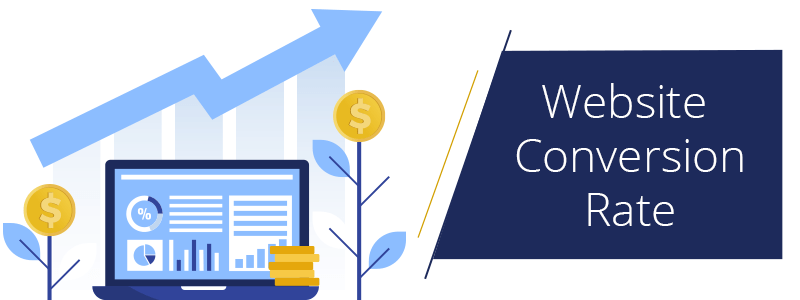In the fast-paced digital landscape, maintaining a strong online presence requires more than just a well-designed website. Search Engine Optimization (SEO) is a crucial aspect that can significantly influence your website’s visibility and ranking on search engines like Google. But how often should you update your website’s SEO to keep it competitive? The answer depends on various factors such as your industry, competition, and the current state of your website. 1. Regular SEO Audits: Quarterly or Bi-Annually A comprehensive SEO audit should be done at least every quarter or bi-annually. This will help you identify any technical issues, outdated content, broken links, or changes in search engine algorithms that might be impacting your website’s performance. Regular audits also ensure that your website remains optimized for mobile devices and speed, both of which are critical ranking factors. 2. Content Updates: Weekly or Monthly Content is the backbone of SEO. Search engines prioritize websites that consistently offer fresh, relevant, and high-quality content. Depending on your industry, you may need to update or add new blog posts, product descriptions, case studies, or service pages weekly or monthly. This not only improves SEO but also enhances user engagement. 3. Keyword Research: Monthly or When Needed Keyword trends change frequently as user search behavior evolves. New keywords emerge while others become less popular. Conduct keyword research at least once a month to ensure that you are targeting the right terms. Tools like Google Keyword Planner or SEMrush can help you stay on top of keyword trends. 4. Monitor Backlinks: Monthly Backlinks are a key component of off-page SEO. Monitoring the quality and quantity of your backlinks monthly can help you build a stronger SEO profile. Remove any harmful or spammy links, and continuously look for opportunities to earn high-quality backlinks through guest posts, collaborations, or industry partnerships. 5. Algorithm Changes: Immediate Action Search engines like Google regularly update their algorithms, which can impact your rankings. Whenever there’s a significant algorithm update, assess how it affects your site immediately. If you notice any decline in traffic or rankings, make necessary adjustments such as improving content quality, addressing site speed, or enhancing user experience. 6. Technical SEO: Bi-Annually Technical SEO, which includes aspects like site architecture, mobile optimization, page speed, and security, should be checked bi-annually. These factors play a significant role in user experience and search rankings. Any issues that arise, such as slow loading times or poor mobile responsiveness, should be fixed promptly. 7. Competitor Analysis: Quarterly Your competition is likely updating their SEO strategies regularly. Conduct a competitor analysis at least quarterly to see where you stand. This will give you insights into the keywords they’re ranking for, their backlink profile, and the types of content they are publishing. Based on this analysis, you can refine your SEO strategy. Conclusion: SEO is an Ongoing Process SEO isn’t a one-and-done task; it requires continuous attention and updates. While some aspects need frequent updates, like content and keywords, others, such as technical SEO, can be checked less often. By setting a consistent schedule for SEO maintenance, you can stay ahead of your competition and ensure your website continues to rank well and attract the right audience. Make it a priority to monitor your website’s performance regularly, and stay informed about the latest SEO trends and best practices. The more proactive you are, the more likely you’ll see lasting results from your efforts.









